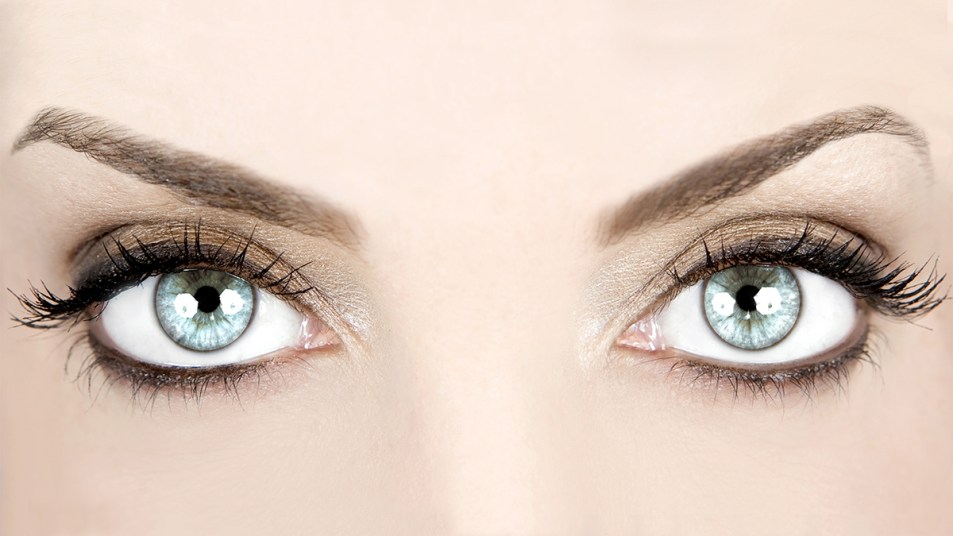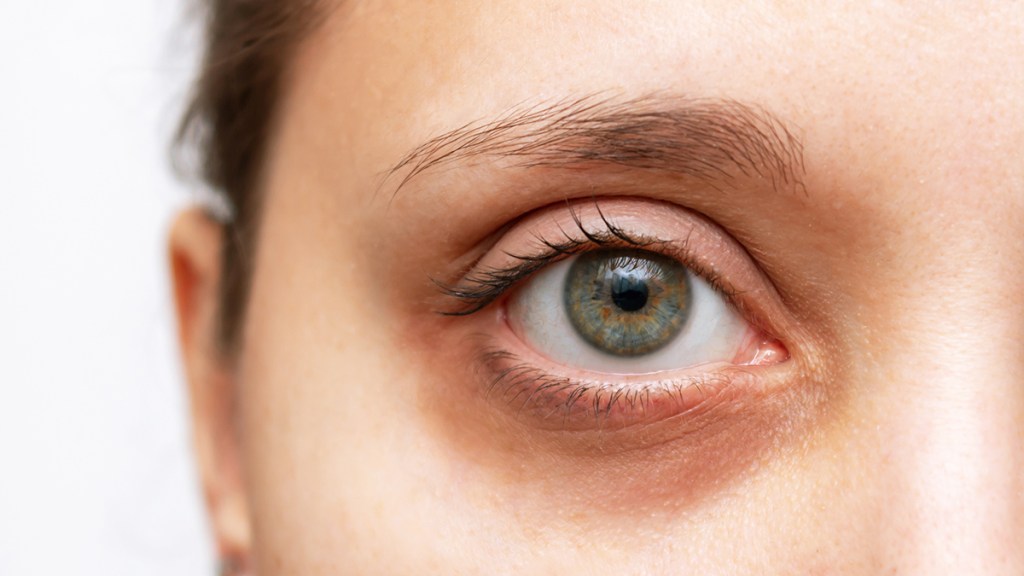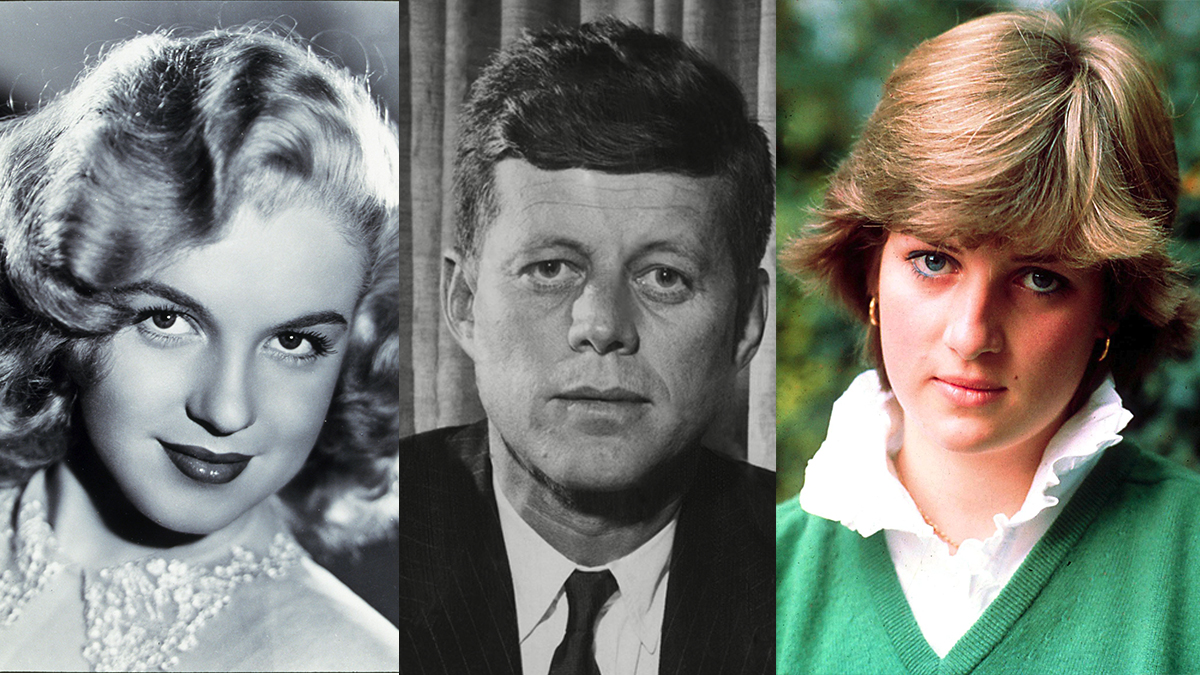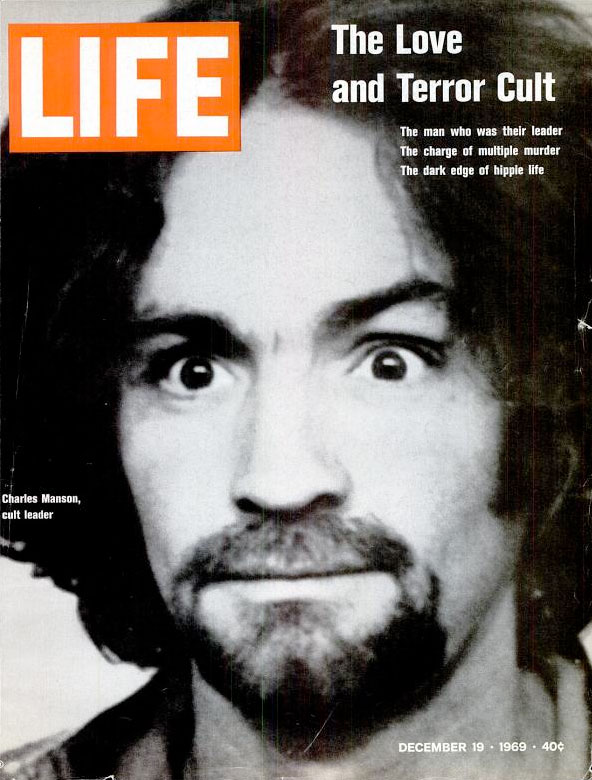What Are Sanpaku Eyes? How They Can Help You Spot a Liar, Psychopath or Narcissist
Top body language expert reveals secrets of the ancient art of "eye reading"

According to the ancient tradition of Japanese face reading, “sanpaku,” you can learn something interesting about people from how much of the whites of their eyes show. For most of us, the whites of our eyes only show on either side of our iris (the colored part of our eye). But for some folks, the whites (or sclera) show underneath the iris — this is known as “yin sanpaku.” In other people — and this is quite rare — the whites show above the iris — this is known as “yang sanpaku.” Read on to learn what these different types of eyes indicate about the people who have them — including the late Princess Diana.
What it means if the white of the eye shows below the iris

Yin sanpaku, or white under the iris, is believed by practitioners of traditional Japanese face reading to signal physiological turmoil, owing to drug abuse or overindulgence, and may hint at future struggles in life. People with whites below the iris may view the outside world as a danger — which could said of the three of the celebrity examples below: Marilyn Monroe, JFK and Princess Diana.

“Singer Billie Eilish, Diana Ross, Marilyn Monroe, James Dean, Twiggie, Princess Diana and President John F. Kennedy all have or had this trait,” reveals body language expert Patti Wood author of Snap: Making the Most of First Impressions, Body Language and Charisma.
She adds that while sanpaku is a mystical tradition, science tells us that scleral show can be attributed to several factors from good old-fashioned genetics to health conditions like thyroid issues, which may cause the whites of the eyes to become more pronounced.
What it means if the white of the eye shows above the iris

In traditional Japanese face reading, yang sanpaku, white above the iris, was believed to point to a belligerent, even violent temperament and a difficulty controlling inner emotions. One of the most famous examples of yang sanpaku is the image of Charles Manson on the cover of Life Magazine from 1969.

Though contemporary knowledge makes it’s easy to dismiss such folklore, there’s often a kernel of truth to the mysticism. We all instinctively perceive eyes like Manson’s to be “crazy eyes.”
The science behind “eye reading”
“Long before we had the science of body language, people were already ‘seeing things’ in the eyes,” says Wood. “That’s because eyes are the first part of the body we look at — they’re a key indicator of one’s emotional state and can signal the next action a person may take by what they’re looking at or focusing on.”
Research from Cardiff University shows that people can accurately assess a stranger’s characteristics — like compassion, generosity and even competency — by looking at their eyes for just 300 milliseconds, says body language expert and retired FBI profiler Joe Navarro, author of 13 books including Be Exceptional: Master the Five Traits That Set Extraordinary People Apart.
In other words, we can literally detect kindness in the eyes. It follows that we can also see its cold counterpart: deception. So for every Marilyn Monroe or Princess Diana with beguiling eyes, there’s also a liar or narcissist with an unnerving stare.
Read on for a few proven eye signals that can have you determining friend from foe and liar from truth-teller in seconds:
What is a ‘reptilian stare’?
“The whites of the eyes are the first thing I notice when I look at police photos or a ‘perp walk,’” reveals Wood, who once consulted as a police officer trainer. She explains the wide, cold glare of serial killer Ted Bundy or Bryan Kohlberger, who is suspected of killing four college students last year, exposes more of the whites of their eyes. This sends chills down our spine because it activates the limbic system, triggering our fight-or flight-response—the body’s version of a fire alarm warning us of danger.

So unnervingly inhuman and intimidating is this gaze, it’s been dubbed the “reptilian stare” or “reptilian indifference,” adds Navarro. “Many psychologists — I think the percentile is in the high 60s — talk about the fact that when they’re in the presence of a true psychopath, they react viscerally to the coldness of their stare. I’ve been in the presence of psychopaths myself and the way they make you feel is hard to quantify, but it’s very real.”
Thankfully, only about 1% of the population are true psychopaths — people whose frontal lobe of the brain reacts abnormally to emotions and who are devoid of a conscience. And while we may not find ourselves profiling a psychopath any time soon, we can take a very important everyday lesson from Navarro’s experiences: Trust your gut.
“We have neurons in the stomach, and they’re in constant communication with our brain via the vagus nerve,” says Navarro. “So, when you have a visceral reaction to someone’s stare, listen to it. It may be beyond our immediate ability to explain, but our body is telling us something.”
In other words, whether someone’s abnormally slow blink rate is making the hairs on your arms stand up or their glare is so wide, their “sanpaku” whites feel like high beams fixed on you, heed what your inner voice is telling you and put your safety first.
What is the ‘hypnotic gaze’?
While running into a Jack-Nicholson-in-the-Shining-esque psycho with an exaggerated “sanpaku stare” is about as likely as aliens touching down on Earth tomorrow, what is sadly more realistic is interacting with a narcissist. One trick of their manipulative trade is known as the “hypnotic gaze.”
“This is a focused and intense stare that makes you feel like they love and adore you in a way you’ve never felt from anyone before,” observes Wood. Trouble is a malignant narcissist may intentionally use this gaze as a weapon. “They might look at you intently during a conversation, but as soon as you question them, like ‘Why were you late for dinner?’ they’ll immediately drop their focus, making you feel horrible.”

They “hook” you on their laser-focused attention, then pull the rug out from you, leaving you disoriented and full of misplaced self-blame.
It’s helpful to note that psychologically healthy people — very charismatic folks, to be specific— also employ the “hypnotic gaze” to make you feel seen and heard, says Wood. But the key difference is a narcissist will use this strategy to exercise control over you.
Just knowing this is part of their larger arsenal of love bombing — showering you with compliments and attention — only to withdraw them on a whim, will shift the power dynamic in your relationship and help you create healthy boundaries.
How do you spot ‘lying eyes’?
You may have heard that when someone gazes up to the right while talking or look away, it signals they’re likely lying because it suggests they’re tapping the creative side of their brain as they fabricate a story. Not so fast, says Navarro. “Liars actually tend to engage in greater eye contact because they want to make sure you’re believing what they say, so they don’t want to take their eyes off you.”
He explains that honest people, by contrast, will often look around the room or break eye contact because they have the truth on their side and feel free to look away from time to time.
Another “Pinocchio” signal to look for? Watch for someone’s blink rate to suddenly tick up. A rate of 40 blinks per second is normal, notes Wood, but if you, say, ask your teenager a question, like “Where were you last night?” and their eyes are instantly aflutter, it may indicate increased anxiety owing to deception, because we tend to blink more when emotions are high.
In the end, whether you’re trying to detect a lie or discern someone’s feelings for you, there’s one truism of nonverbal communication to keep in mind: Honest people will often unconsciously mirror your body language, whether that means matching your level of eye contact or moving their head and neck in a “dance” that replicates your movements, reveals Wood. Dishonest people rarely mimmic because they are fighting to control their actions.
All-in-all, trust what your instinct—and eyes— are telling you, and you won’t go wrong.













